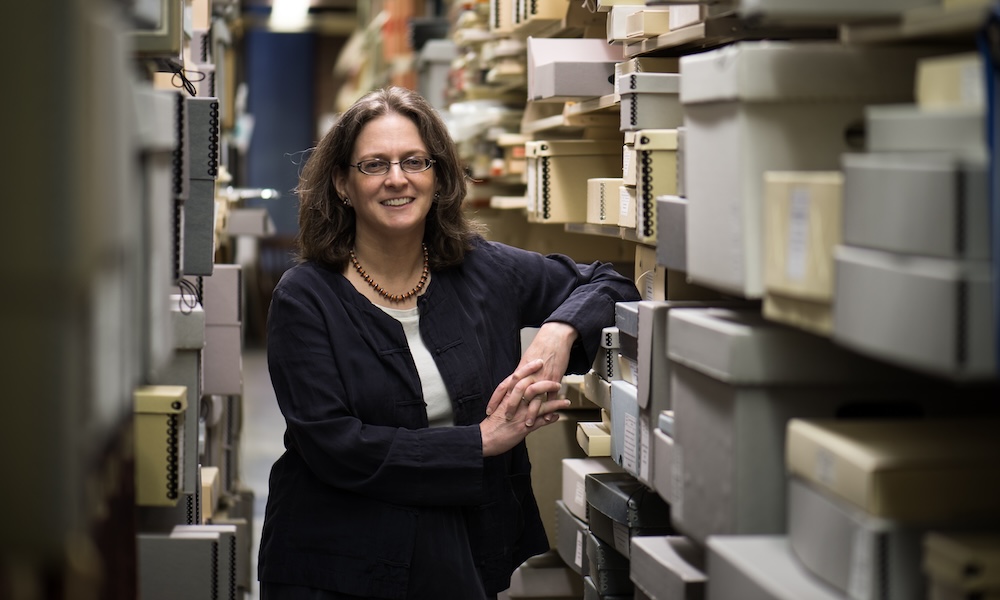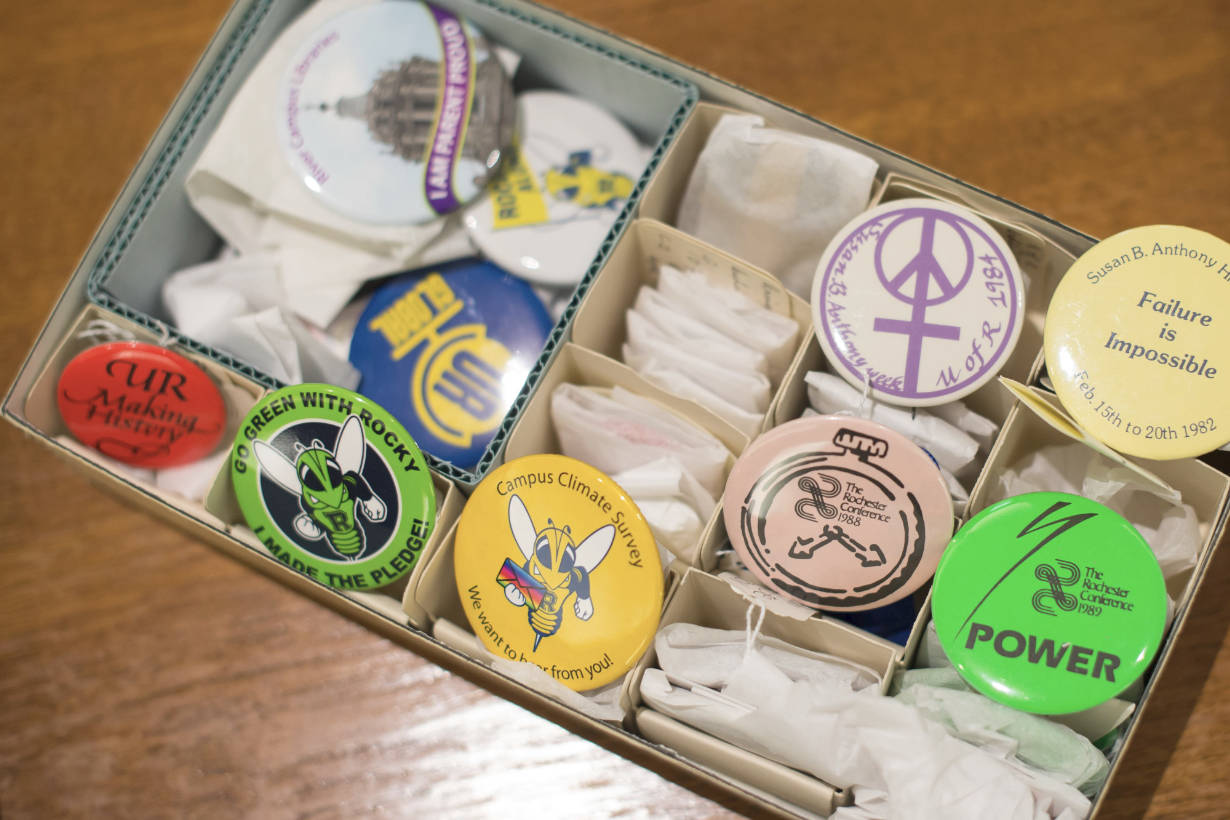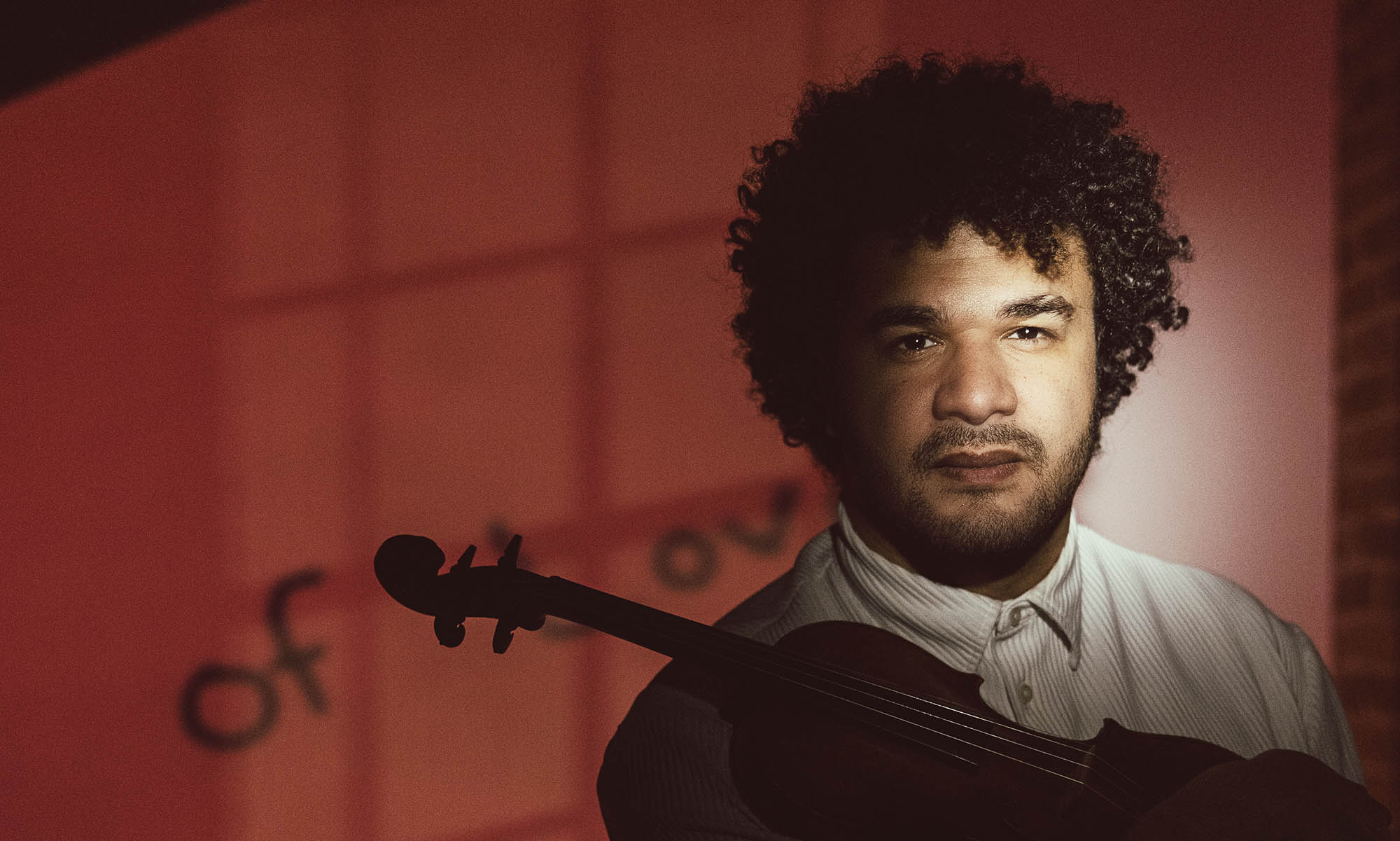A question for Melissa Mead, the John M. and Barbara Keil University Archivist and Rochester Collections Librarian.
I was wondering if you could help me elucidate the history of the Rochester Plan? I became aware of this program my freshman year through the Career Center in Lattimore Hall. The carrot was that you didn’t have to take the MCATs if you successfully got in, but the program’s main point was to broaden your education by allowing you to take courses that you wouldn’t have otherwise taken or were too afraid to take while preparing to apply for medical school. It was an intensive process, involving the initial application, then a second application explaining how you would plan out your next three years of coursework plus two application essays on how you viewed your career after medical school and 10 years out (really testing planning and maturity here), and then Medical Center interviews (third cut). Over the years, I’ve run into other R-Plan members of different generations, and we all speak fondly of the trials and tribulations of the process and who we were interviewed by along the way.
—Edward Fox ’91, ’95M (MD)

The December 1975 issue of Currents, the University’s staff newspaper, announced that the Commonwealth Fund, a private foundation, had given $2 million in support of a multistrand proposal to “provide for closer integration of premedical and medical education; preparation for a variety of careers in the health professions besides medicine; and individualized programs crossing departmental and college lines and involving greatly expanded faculty advising.”
In choosing Rochester, the Commonwealth Fund identified the same interdisciplinary strengths and structures of the University that convinced John D. Rockefeller’s General Education Board to fund the School of Medicine in 1920.
To integrate “premedical and medical education,” the new model adopted a 2-4-2 framework. Undergraduates applied for admission to the School of Medicine and Dentistry (SMD) during sophomore year (the first “2”), spent the next four years in both undergraduate and preclinical coursework, and spent the final two years in clinical training.
As you note, acceptance into the early selection component of the Rochester Plan meant no worries about the Medical College Admission Test, or MCAT. Early selection also eliminated redundant coursework, thus providing the freedom to explore subjects more broadly in the humanities and social sciences.
More than 100 faculty from across the University planned the plan. Some formed interdepartmental “clusters” to develop new courses, majors, and departments available to all students. Taken together with the Center for Special Degree Programs (initiated in 1970 to enable students to build their own interdepartmental curriculum), this work might be viewed as laying the foundations for the Rochester Curriculum, established in 1995.
Another feature of the plan provided funding to support faculty interested in exploring disciplines beyond their own. These “Bridging Fellowships” are still funded by the provost’s office.
Undergraduate research was also part of the plan: The “Summer Program provided a means to formalize [an] informal process, [and] to show recognition for undergraduate summer research work.” In 1976, 62 students received stipends to undertake projects of their own design, and others participated without funding. Many wrote papers based on their projects: The Journal of Undergraduate Research debuted in November of that same year, containing 16 reports.
Based on your experience and that of your fellow early selection alums, the 2-4-2 program was a success. But it did not take hold on a larger scale either at Rochester or at the other institutions that later received funding to implement it.
In 1991, Rochester joined its peers in offering conditional admission to medical school as part of the undergraduate application process by launching the Rochester Early Medical Scholars (REMS) program. The last cohort of 2-4-2 students entered the program in 1997, and the “Double Helix” curriculum at the medical school—emphasizing clinical training throughout the four years of medical training—started in 2000.
The Rochester Plan, with its many forward-looking goals, exponents, and participants, should be recognized for the trail it blazed a half-century ago.
A version of this story appears in the spring 2025 issue of Rochester Review, the magazine of the University of Rochester.





